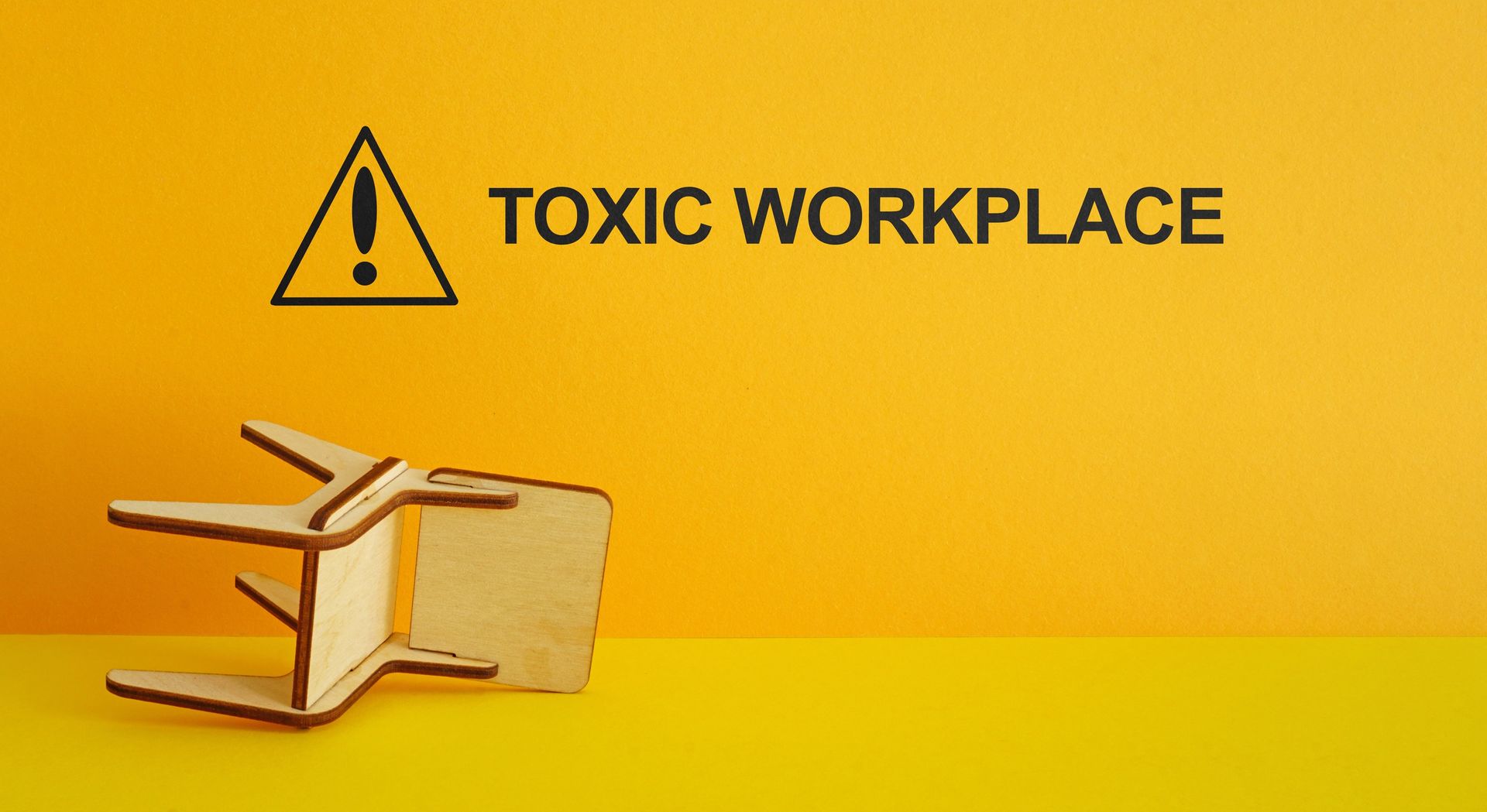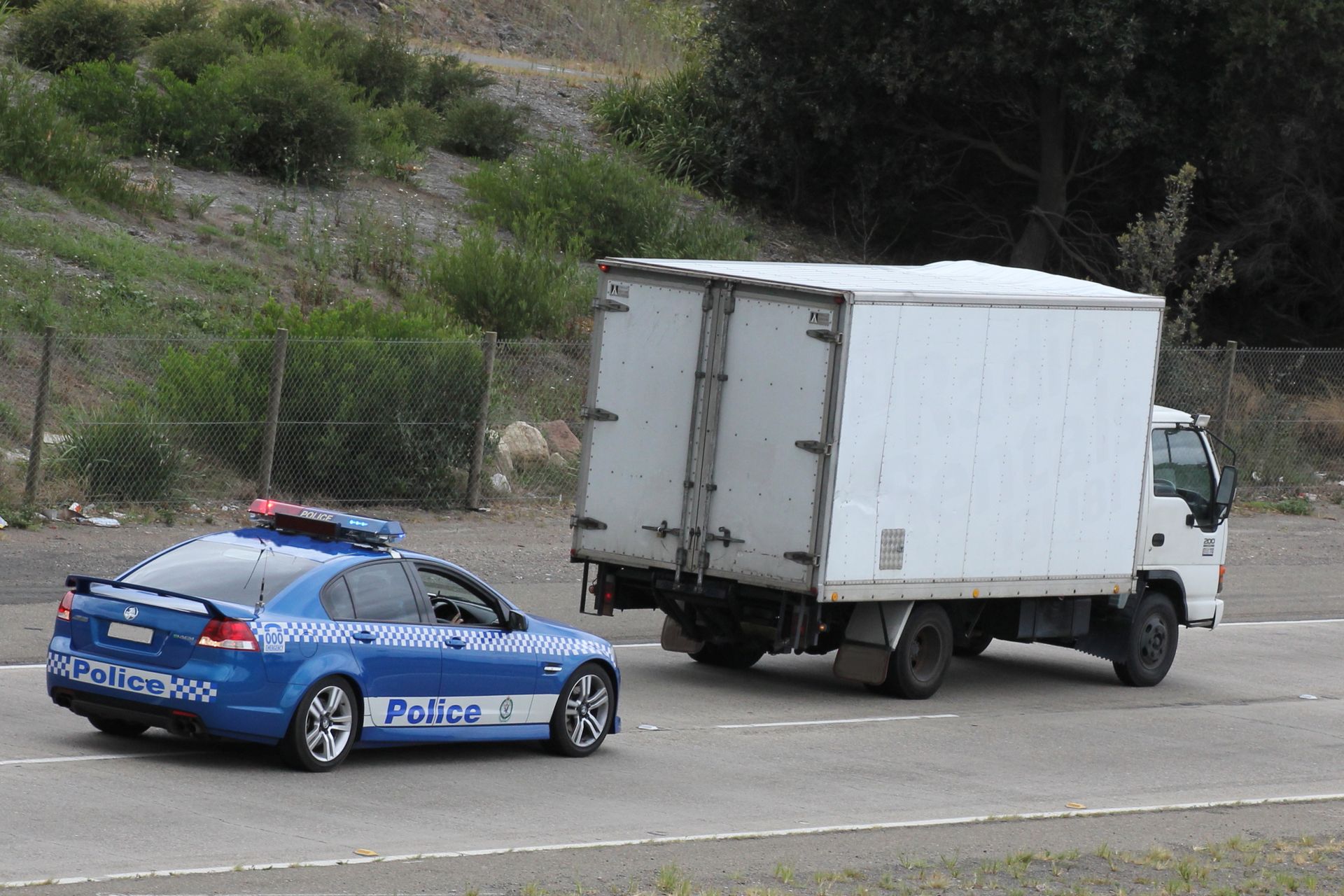Exposed to a dust disease - what to do now?
Carly Santosa, Associate • April 3, 2025
In breaking news 13 workers who performed tunnelling work on projects around Sydney have been diagnosed with a dust disease – silicosis. One of the workers is only 32 years of age.
Documents obtaining by Transport for NSW allegedly revealed that 1 in 3 of the air quality tests during these constructions exceeded the Workplace Exposure Standard (WES) - some by 208 times.
The Australian Workers Union (AWU) has been instrumental in assisting workers in uncovering the extent of the exposure by obtaining documents under the Freedom of Information Act.
The link between silica, coal and other types of dust exposure and lung disease has been known for centuries.
Dust diseases are progressive diseases that can be fatal. These workers will now face serious health implications that will impact their quality of life.
A recent case of a former coal miner who contracted a dust disease was awarded $3.2 million in compensation by the Dust Disease Tribunal of NSW.
If you have a history of exposure or current exposure to dust you can take the following action:
- If the exposure is in the workplace – notify your employer so they can take immediate action to remove the ongoing risk. If the risk is outside of the workplace you should contact your local council;
- Register the exposure on the National Asbestos Exposure Register (this information is privately stored for individuals to access in the future should they choose;
- Attend your GP and talk to them about the associated risk s and request advice regarding any investigations they may consider appropriate.
- Contact Kells Lawyers for a free case assessment.
There are many industries in which dust exposure may be experienced by workers, some examples of activities are:
- Construction.
- Excavation.
- Tunnelling, quarrying and mining.
- Use of inorganic pesticides and herbicides (landscaping etc).
- Fabricating, processing, installing, maintaining or removing engineered stone products – including new stone products.
- Working with domesticated and wild animals.
Some hazards that can cause occupational lung diseases are:
- Airborne inorganic lead.
- Aluminium.
- Asbestos.
- Coal dust.
- Cotton dust.
- Pollen.
- Talc dust.
- Wood dust.
- Dust of hard metals such as tungsten, tungsten carbide and cobalt.
- Gases or fumes.
An extensive list of hazards and more information can be found on the Safework Australia website.
If you have been diagnosed with a dust disease that has occurred as a result of exposure in the workplace please contact our office to speak with one of our experienced personal injury lawyers about compensation.

Kells has been delivering outstanding services and legal expertise to commercial and personal clients in Sydney and the Illawarra region for more than five decades. Our lawyers are savvy and understand your needs.
Subscribe
Want to get the latest articles and news delivered to your inbox?




